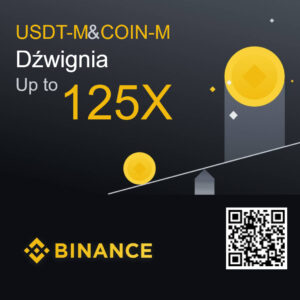Rate Reserve Rights 0,007207 USDT
Change (24h): 3,73%
Tags: Ethereum (ETH) Token (ERC-20), Solana (SOL) Token, Base Ecosystem, Made in USA, Real World Assets (RWA)
Calculator RSR / USDT
How is 1 Reserve Rights?
| RSR | 0 USDT | |
| USDT | 0 RSR |
Team
- No data
Another prices
- ADA 2.145 PLN 2,63%
- CITY 2.91 PLN 0,00%
- AXS 8.49 PLN -3,41%
- GNT 0.44 EUR 0,00%
- BSV 130.33 USD 0,00%
- XEM 0.01596 USDT 0,00%
- CTSI 0.0604 USDT 5,96%
- SCRT 0.00000152 BTC 0,66%
- DUSK 0.00000054 BTC 14,89%
- NMR 7.31 USDT 0,97%
Description
Reserve Rights, symbolized as RSR, is a crucial utility token that underpins the Reserve Protocol, an ambitious project dedicated to fostering a network of decentralized, asset-backed stablecoins known as RTokens. The Reserve Protocol aims to provide a reliable alternative to traditional fiat-backed stablecoins, emphasizing decentralization, transparency, and censorship resistance. RSR plays a multi-faceted role within this ecosystem, primarily functioning as a governance token, a collateralization mechanism, and an insurance layer for the various RTokens issued on the platform. Its design is integral to ensuring the stability and solvency of these decentralized stablecoins. One of the primary functions of RSR is to provide a layer of overcollateralization for RTokens. Each RToken is backed by a basket of on-chain assets, held in smart contracts. In scenarios where the value of an RToken's collateral basket falls below its target peg, RSR tokens can be minted and sold on the open market to recapitalize the collateral reserves, thereby restoring the RToken's peg. Conversely, if an RToken becomes overcollateralized, surplus collateral can be used to buy and burn RSR, creating a deflationary pressure on the RSR supply and benefiting RSR holders. This dynamic interaction between RSR and RTokens is fundamental to maintaining the stability and reliability of the stablecoins issued through the Reserve Protocol. Holders of RSR effectively act as the ultimate backstop for the system, bearing the risk in exchange for potential rewards linked to protocol growth and stability. Beyond its role in collateralization and stability, RSR also serves as the governance token for the Reserve Protocol. RSR holders possess the power to propose and vote on significant protocol changes, including modifications to risk parameters, the inclusion or exclusion of collateral assets for RTokens, and other fundamental operational aspects. This decentralized governance ensures that the evolution and security of the Reserve Protocol remain in the hands of its community, aligning incentives and promoting a robust, community-driven development path. The protocol's vision extends to enabling the creation of numerous RTokens, each potentially backed by a different basket of assets and designed for specific use cases or regions. RSR's overarching purpose is to secure these RTokens and facilitate a global, decentralized payment and value transfer system that is resistant to inflationary pressures and centralized control. By providing a decentralized, algorithmic stablecoin framework secured by RSR, the Reserve Protocol seeks to offer a superior form of digital currency that can be used for everyday transactions, remittances, and savings, free from the volatility of traditional cryptocurrencies and the risks associated with centrally controlled fiat-backed stablecoins.



